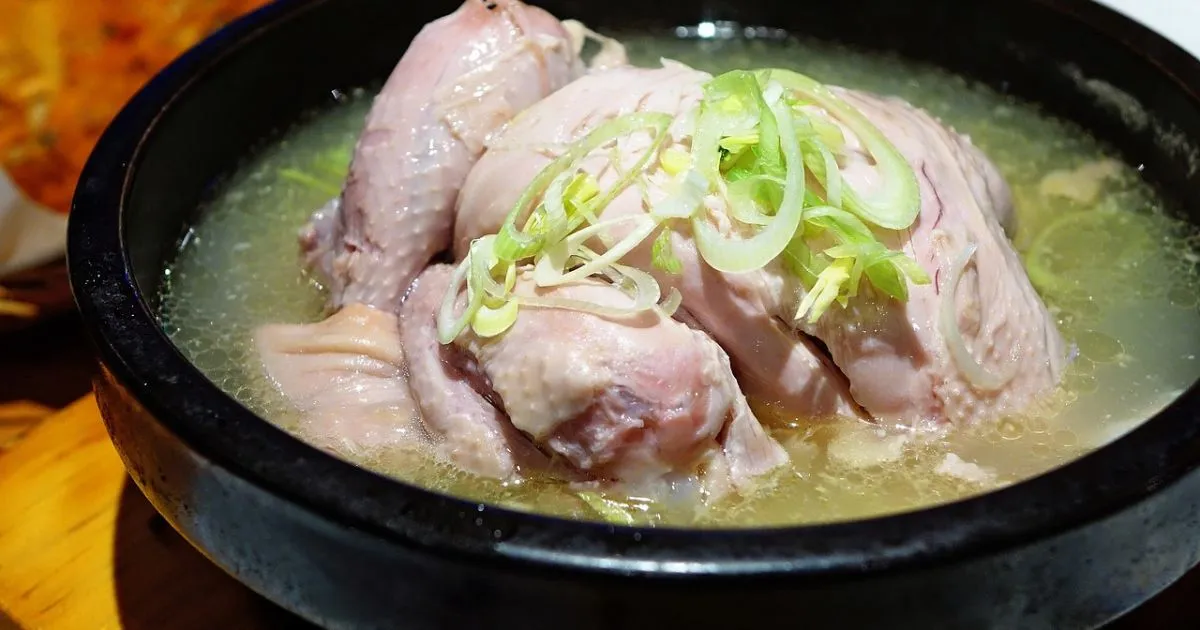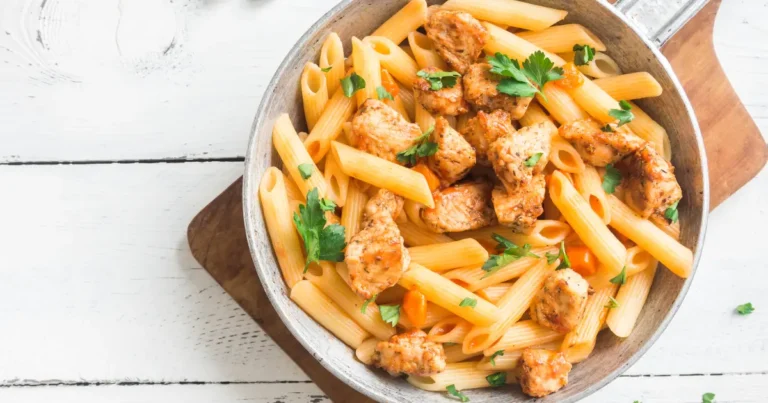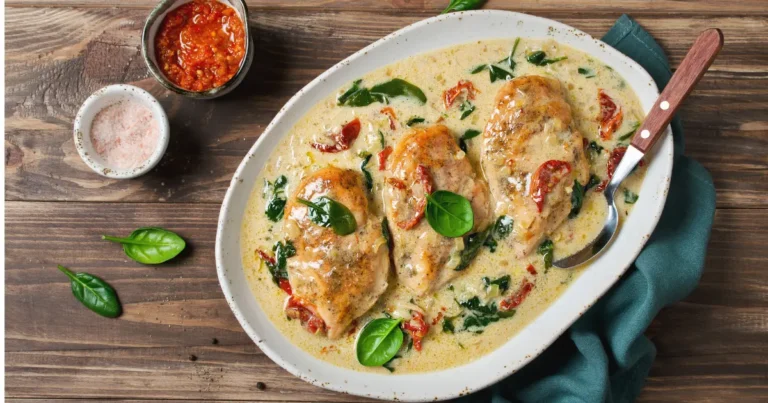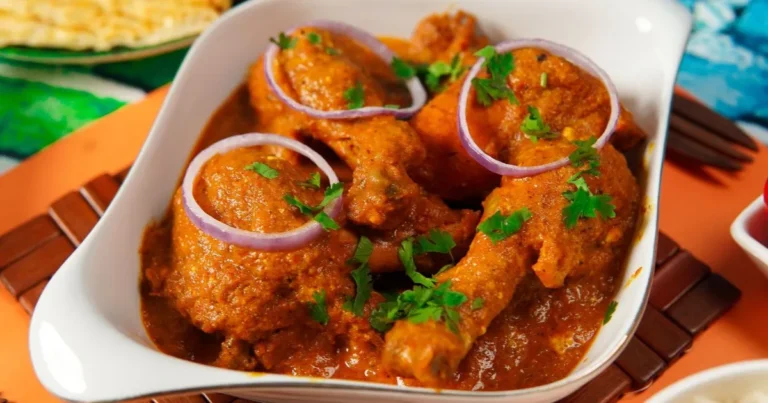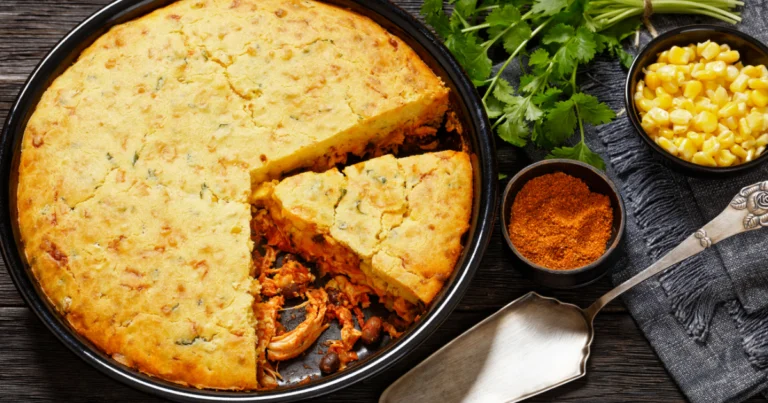5 Secrets to a Flavorful Chicken Souse You’ll Crave
Have you ever tasted a flavorful Chicken Souse that left you craving more?If not, you’re missing out on one of Caribbean cuisine’s most delicious and comforting dishes. But here’s the thing: creating a truly exceptional chicken souse isn’t as simple as throwing some ingredients into a pot and hoping for the best.
The secret to a mouthwatering chicken souse lies in the details – from selecting the perfect cuts of meat to mastering the art of marination and balancing flavors. Many home cooks struggle to achieve that authentic taste, often ending up with a bland or underwhelming dish. But fear not! We’re about to unveil the 5 secrets that will transform your chicken souse from ordinary to extraordinary, leaving your taste buds dancing and your dinner guests begging for seconds.
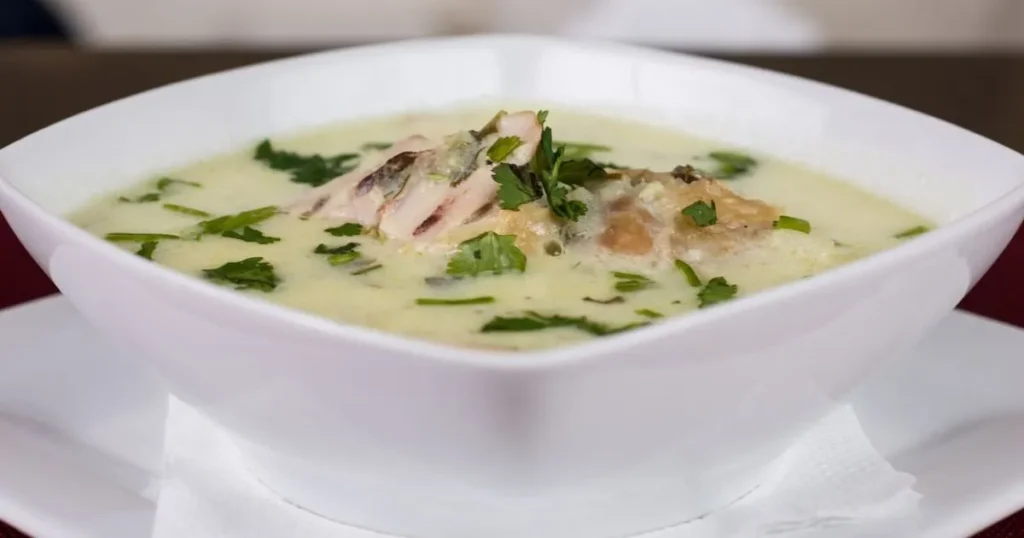
In this blog post, we’ll dive deep into the essence of chicken souse and explore the crucial steps that make all the difference. From choosing the right chicken cuts to perfecting the cooking process and even elevating your presentation, we’ll cover everything you need to know to create a chicken souse that’s truly unforgettable. So, let’s get started and unlock the secrets to a flavorful chicken souse you’ll crave repeatedly!
Table of Contents
Understanding the Essence of Chicken Souse
What is chicken souse?
Chicken souse is a tangy, flavorful soup-like dish that’s popular in the Caribbean, particularly in the Bahamas. This light and refreshing meal typically consists of tender chicken pieces simmered in a zesty broth infused with citrus juice, peppers, and aromatic herbs. The dish is often enjoyed for breakfast or as a hangover remedy due to its invigorating flavors and easy digestibility.
The Caribbean origins of this flavorful dish
Chicken souse has deep roots in Caribbean cuisine, reflecting the region’s diverse culinary influences. This dish evolved from a combination of African, European, and indigenous cooking techniques and ingredients. The use of citrus and peppers is characteristic of many Caribbean dishes, while the soup-like consistency draws inspiration from European broths.
| Origin | Influence on Chicken Souse |
|---|---|
| African | Spice combinations and cooking techniques |
| European | Broth-based preparation |
| Indigenous | Use of local ingredients and herbs |
Why chicken souse is a must-try recipe
Chicken souse is a must-try for several compelling reasons:
- Unique flavor profile: The combination of citrus, spices, and tender chicken creates a distinctive taste experience.
- Versatility: It can be enjoyed as a breakfast dish, light lunch, or comforting dinner.
- Health benefits: Low in fat and high in protein, it’s a nutritious option.
- Cultural significance: Trying chicken souse allows you to explore Caribbean culinary traditions.
- Refreshing qualities: Its light and tangy nature makes it perfect for warm climates or as a revitalizing meal.
Now that we’ve explored the essence of chicken souse, let’s delve into the first secret to creating a truly flavorful version of this Caribbean classic.
Secret 1: Choosing the Right Chicken Cuts
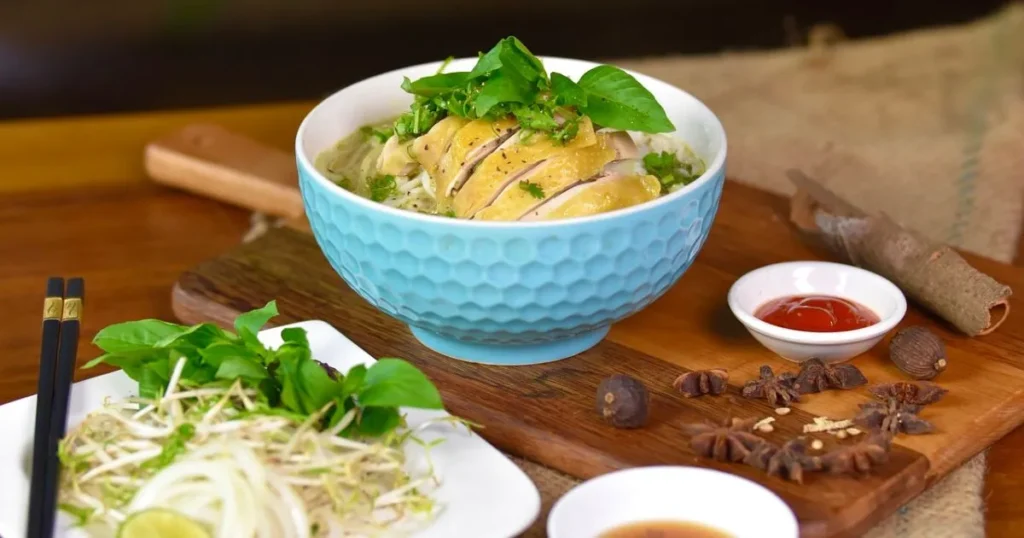
Best parts of the chicken for souse
When preparing a delicious chicken souse, selecting the right cuts is crucial. The best parts for this dish include:
- Thighs: Rich in flavor and retain moisture well
- Drumsticks: Tender and flavorful, perfect for slow cooking
- Wings: Add depth to the broth and offer a variety of textures
Here’s a comparison of these cuts:
| Cut | Flavor | Texture | Cooking Time |
|---|---|---|---|
| Thighs | Rich | Juicy | Medium |
| Drumsticks | Savory | Tender | Medium-Long |
| Wings | Intense | Varied | Short-Medium |
Fresh vs. frozen chicken debate
The choice between fresh and frozen chicken can significantly impact your souse:
- Fresh chicken:
- Superior texture and flavor
- No risk of freezer burn
- Shorter shelf life
- Frozen chicken:
- Convenient and readily available
- Longer shelf life
- Potential for texture changes if not thawed properly
Organic and free-range options for enhanced flavor
For those seeking an extra flavor boost, consider:
- Organic chicken: Raised without antibiotics or hormones, often resulting in a cleaner taste
- Free-range chicken: Allowed to roam and forage, potentially developing more complex flavors
These options may come at a higher cost but can elevate your chicken souse to new heights of deliciousness. When selecting your chicken, consider the cut, freshness, and farming methods to create a truly memorable dish.
Secret2: Mastering the Art of Marination
Essential marinade ingredients
To create a mouthwatering chicken souse, the marinade is key. Here are the essential ingredients for a flavorful marinade:
- Citrus juice (lime or lemon)
- Herbs (thyme, oregano, parsley)
- Garlic and onion
- Salt and pepper
- Scotch bonnet pepper (for heat)
- Allspice berries
| Ingredient | Purpose |
|---|---|
| Citrus juice | Tenderizes meat and adds acidity |
| Herbs | Provide aromatic flavors |
| Garlic and onion | Add depth and savory notes |
| Salt and pepper | Enhance overall taste |
| Scotch bonnet | Brings heat and Caribbean flair |
| Allspice berries | Offer warmth and complexity |
Optimal marination time for maximum flavor infusion
The ideal marination time for chicken souse is 4-6 hours. This allows the flavors to penetrate the meat without breaking down its texture. For deeper flavor, you can marinate overnight, but avoid exceeding 24 hours to prevent the meat from becoming mushy.
Techniques for even distribution of marinade
To ensure your chicken is evenly flavored:
- Use a large, non-reactive bowl or ziplock bag
- Massage the marinade into the chicken pieces
- Turn the chicken every 2 hours during marination
- For whole chickens, use a marinade injector
Now that we’ve mastered the art of marination, let’s move on to the cooking process, where we’ll transform our well-marinated chicken into a delectable souse.
Secret 3: Perfecting the Cooking Process
A. Ideal cooking temperature and duration
To achieve the perfect chicken souse, mastering the ideal cooking temperature and duration is crucial. For optimal results, aim for a low and slow approach:
- Temperature: 300°F (150°C)
- Duration: 2-3 hours
This gentle cooking method allows the flavors to develop fully while ensuring tender, juicy meat.
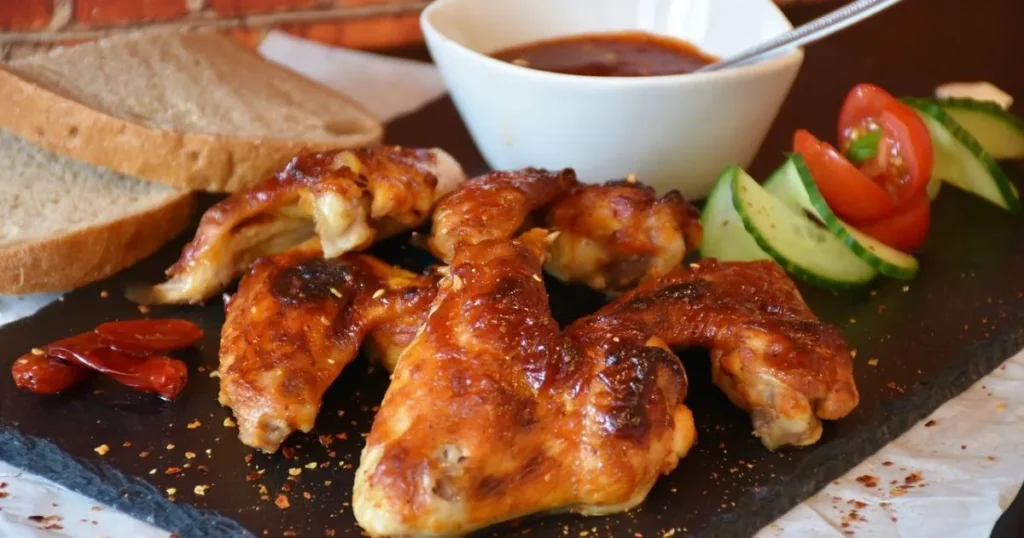
B. Slow-cooking vs. pressure cooking methods
Both slow-cooking and pressure cooking have their merits for preparing chicken souse. Here’s a comparison:
| Method | Pros | Cons |
|---|---|---|
| Slow-cooking | – Enhances flavor development<br>- Tender, fall-off-the-bone meat<br>- Low risk of overcooking | – Time-consuming<br>- Requires planning ahead |
| Pressure cooking | – Significantly faster (30-45 minutes)<br>- Retains nutrients<br>- Energy-efficient | – Less flavor development<br>- Risk of overcooking<br>- Learning curve for perfect results |
Choose based on your available time and desired outcome.
C. Tips for achieving tender, fall-off-the-bone chicken
To ensure your chicken souse is irresistibly tender:
- Use bone-in cuts for added flavor
- Don’t skip the marination step
- Avoid overcrowding the pot
- Resist the urge to frequently lift the lid
- Allow the chicken to rest before serving
By following these tips and mastering the cooking process, you’ll create a chicken souse that’s bursting with flavor and perfectly tender. Next, we’ll explore the key ingredients that will elevate your dish to new heights.
Secret 4: Balancing Flavors with Key Ingredients
The role of citrus in chicken souse
Citrus plays a crucial role in balancing the flavors of chicken souse. The acidic nature of citrus fruits not only adds brightness to the dish but also helps tenderize the meat. Here’s how different citrus fruits contribute to the overall flavor profile:
| Citrus Fruit | Flavor Profile | Best Used For |
|---|---|---|
| Lemon | Bright, tangy | Overall acidity |
| Lime | Tart, zesty | Caribbean twist |
| Orange | Sweet, mild | Subtle sweetness |
| Grapefruit | Bitter, sharp | Complex depth |
To incorporate citrus effectively, use both juice and zest for maximum impact.
Incorporating aromatic herbs and spices
Aromatic herbs and spices are the secret weapons in creating a flavorful chicken souse. They add depth, complexity, and character to the dish. Consider using:
- Fresh herbs: Thyme, parsley, cilantro
- Dried spices: Bay leaves, allspice, black pepper
- Aromatics: Garlic, onions, ginger
Experiment with different combinations to find your perfect blend. Remember to add hardy herbs early in the cooking process and delicate ones towards the end.
Adjusting heat levels with peppers
The heat level in chicken souse can be customized to suit individual preferences. Here’s a list of peppers to consider, ranging from mild to hot:
- Bell peppers (no heat, adds sweetness)
- Banana peppers (mild)
- Jalapeños (medium)
- Scotch bonnets (very hot, traditional in Caribbean cuisine)
For a balanced heat, remove seeds and membranes before adding peppers to the dish. Alternatively, use hot sauce or pepper flakes for easier heat control.
Secret5: Elevating Presentation and Pairings
A. Garnishing techniques for visual appeal
To make your chicken souse visually appealing, consider these garnishing techniques:
- Fresh herbs: Sprinkle chopped parsley, cilantro, or chives for a pop of color
- Citrus slices: Add lemon or lime wedges for a bright, fresh look
- Edible flowers: Use nasturtiums or pansies for an elegant touch
- Microgreens: Sprinkle delicate microgreens for a sophisticated appearance
B. Complementary side dishes to serve with chicken souse
Pair your chicken souse with these delicious side dishes:
| Side Dish | Flavor Profile | Texture |
|---|---|---|
| Johnny Cake | Slightly sweet | Crispy exterior, soft interior |
| Grilled Plantains | Caramelized sweetness | Tender and chewy |
| Bahamian Peas and Rice | Savory and aromatic | Fluffy and hearty |
| Coleslaw | Tangy and crunchy | Crisp and refreshing |
C. Beverage pairings to enhance the dining experience
Elevate your chicken souse meal with these beverage pairings:
- White wines:
- Sauvignon Blanc: Crisp and herbaceous
- Riesling: Light and slightly sweet
- Beers:
- Pilsner: Light and refreshing
- Wheat beer: Fruity and effervescent
- Non-alcoholic options:
- Coconut water: Naturally sweet and hydrating
- Ginger beer: Spicy and bubbly
By focusing on presentation, complementary sides, and perfect beverage pairings, you’ll transform your chicken souse into a complete and unforgettable dining experience. These elements work together to create a harmonious balance of flavors, textures, and visual appeal that will impress your guests and satisfy your cravings.
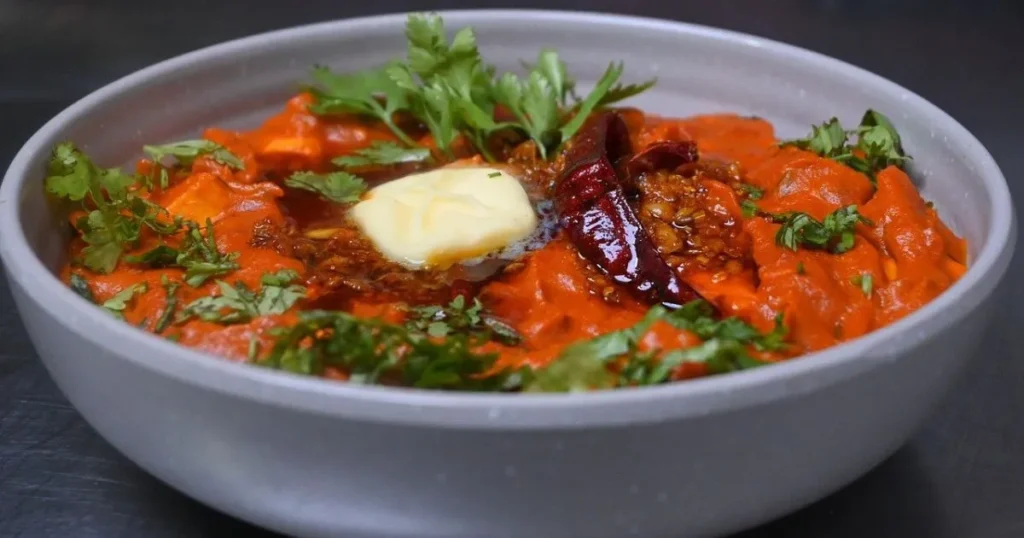
conclusion
Mastering the art of chicken souse is a journey that combines culinary skill, flavor intuition, and a dash of creativity. By focusing on selecting quality chicken cuts, perfecting your marination technique, and honing your cooking process, you’ll be well on your way to creating a dish that tantalizes the taste buds. The secrets of balancing flavors and elevating presentation further transform this humble dish into a culinary masterpiece.
Remember, the true joy of cooking lies not just in the final product, but in the process itself. So, embrace these secrets, experiment with your own twists, and share your flavorful chicken souse creations with loved ones. Your kitchen will soon become the go-to place for this irresistible dish that everyone will crave.
Did you try chicken recipes ?
There are no reviews yet. Be the first one to write one.

